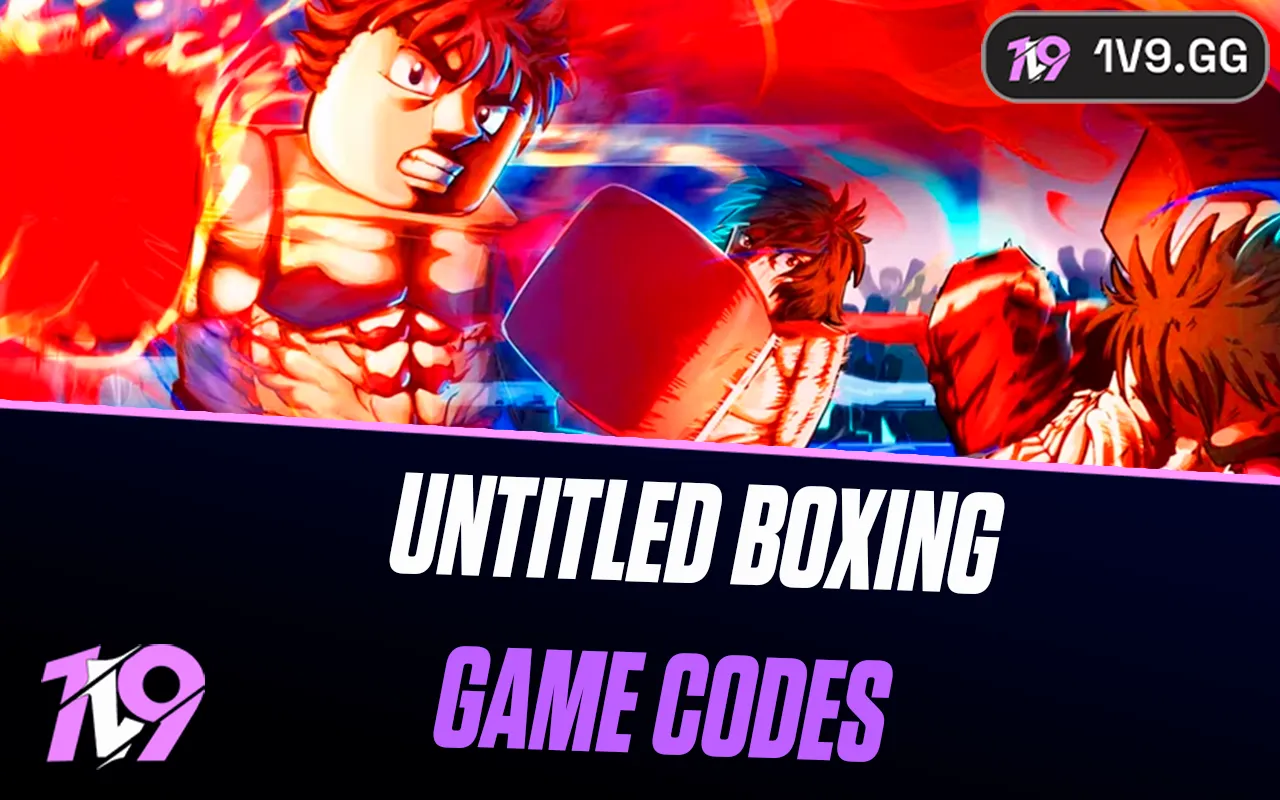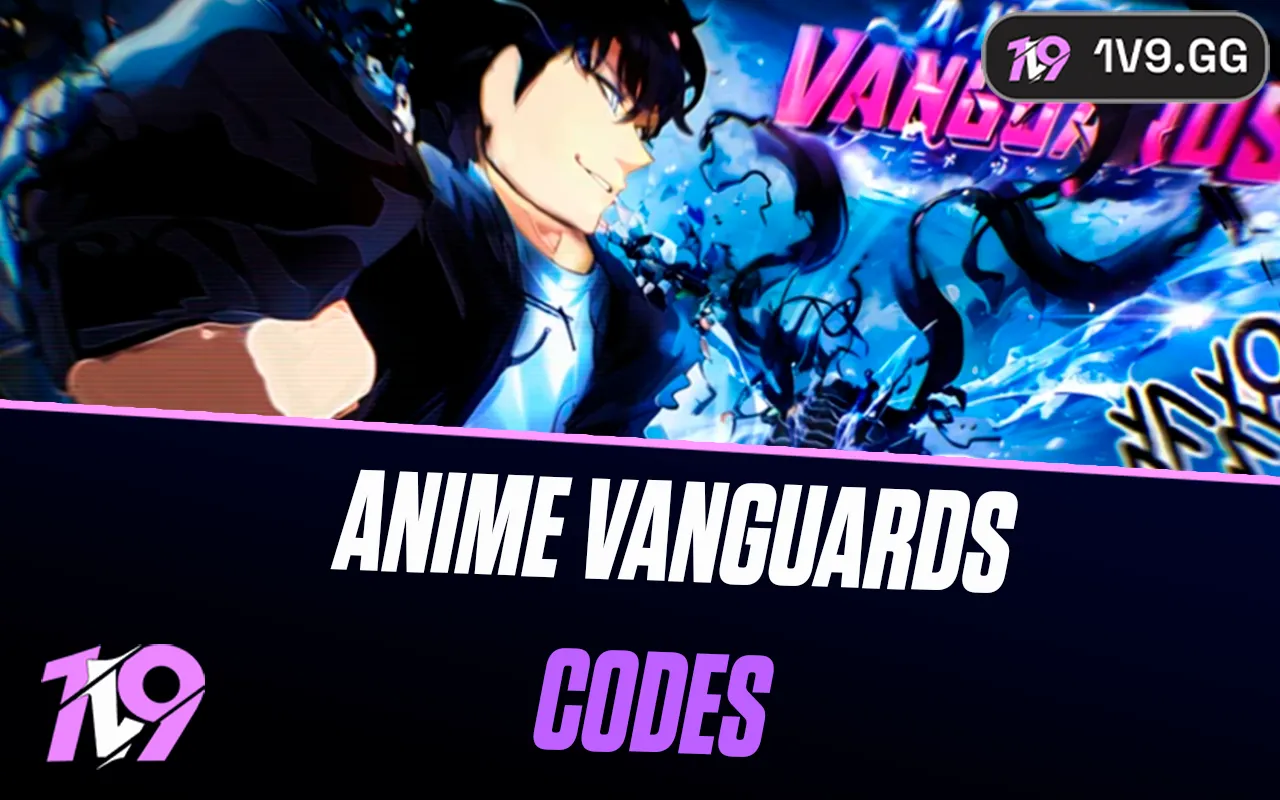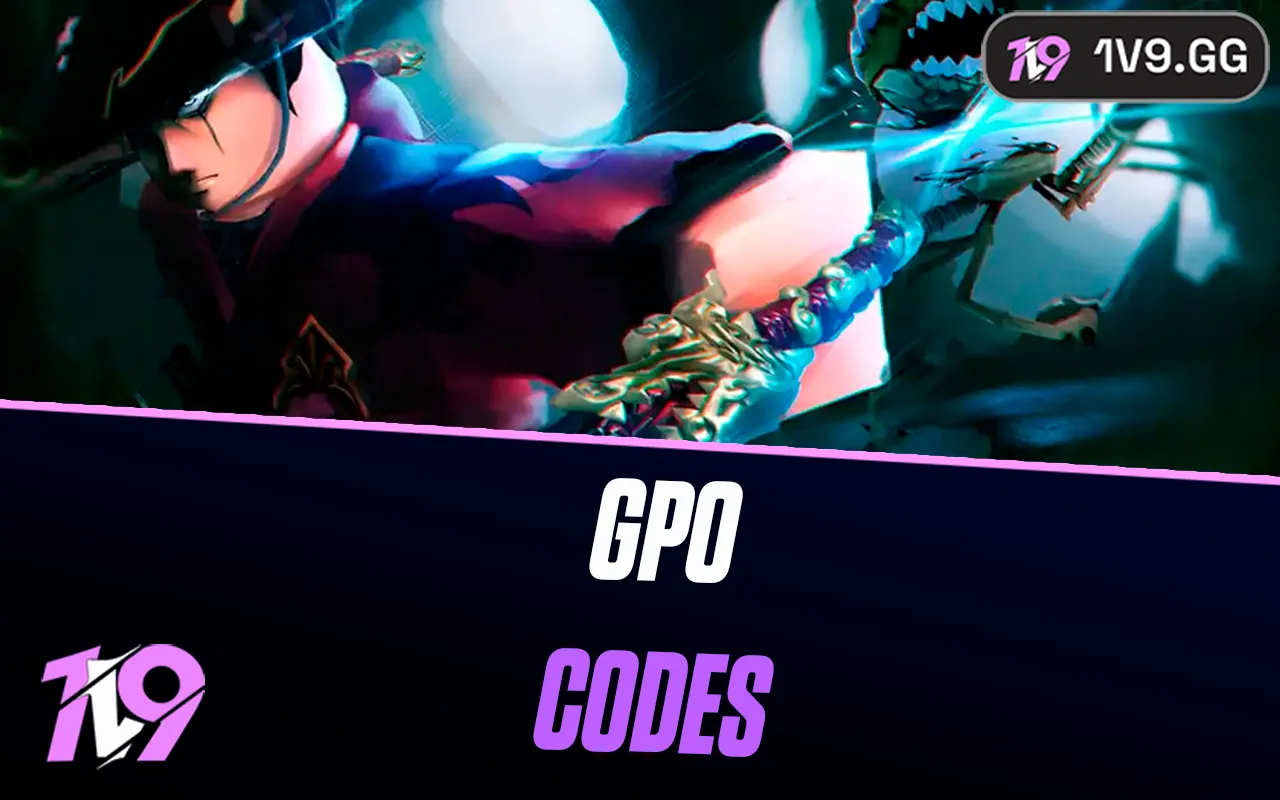
Rust: Best Graphics Settings
Rust is a survival game where performance and responsiveness can mean the difference between life and death. Whether you’re raiding bases, gathering resources, or engaging in PvP firefights, having the right graphics settings helps you play better by reducing lag, improving FPS, and making enemies easier to spot.
If your FPS is dropping or the game feels sluggish, adjusting your settings can help boost performance without making the game look terrible. On the other hand, if you’re playing on a high-end PC, you can tweak the settings to maximize visual quality while keeping gameplay smooth.
In this guide, we’ll go over the best graphics settings for Rust to help you increase FPS, reduce input lag, and find the perfect balance between performance and visuals so you can survive, build, and fight without stutters or slowdowns.
Best Performance Graphics Settings for Rust

If you want high FPS and smooth gameplay in Rust, tweaking your graphics settings is essential. Since Rust is an open-world survival game with large environments, dynamic lighting, and intense PvP, lowering certain settings will boost performance, reduce input lag, and help you react faster in fights.
Recommended Performance Settings:
• Graphics Quality: Low or Medium – Reduces GPU load while keeping the game playable.
• Render Scale: 100% – Keeps UI and textures sharp without unnecessary GPU usage.
• Max FPS: Match your monitor’s refresh rate (144Hz/240Hz) or set to Uncapped for the highest FPS.
• V-Sync: Off – Reduces input lag and improves reaction time.
• Anti-Aliasing: Off or FXAA – FXAA is a good compromise for clarity without high GPU usage.
• Texture Quality: Medium – Keeps important textures clear while maintaining performance.
• Shadow Quality: Low – Boosts FPS significantly while keeping visibility good.
• Water Quality: Low – Disables reflections that can lower FPS.
• Parallax Mapping: Off – Removes extra texture detail that doesn’t impact gameplay.
• Draw Distance: 1500-2000 – Keeps essential objects visible without excessive GPU strain.
• Anisotropic Filtering: Off – Improves FPS by reducing texture filtering demands.
• Grass Displacement: Off – Removes extra environmental effects for better performance.
• Depth of Field & Motion Blur: Off – Improves visibility and sharpness.
Extra Performance Boost Tips:
• Lower Nvidia Reflex Latency Mode (if available) – Reduces input lag in gunfights.
• Disable in-game overlays (Steam, Discord, GeForce Experience) – Prevents FPS drops.
• Close background applications – Frees up CPU and RAM for better performance.
• Use an SSD for faster loading times and update GPU drivers for better stability.
With these optimized settings, you’ll get higher FPS, smoother gameplay, and faster reaction times, helping you stay ahead in PvP fights, explore efficiently, and survive longer in Rust.
Best High-End Graphics Settings for Rust

If you’re playing Rust on a high-end PC, you can maximize graphics quality while keeping FPS smooth. With Rust’s detailed environments, dynamic lighting, and intense PvP, fine-tuning your settings ensures stunning visuals without lag or stuttering.
Recommended High-End Graphics Settings:
• Graphics Quality: High – Enables sharper textures and more detailed environments.
• Render Scale: 100% or 150% – Enhances overall image clarity without blurring.
• Max FPS: Match your monitor’s refresh rate (144Hz/240Hz) or set to Uncapped for smooth gameplay.
• V-Sync: Off – Reduces input lag for better reaction times.
• Anti-Aliasing: TAA – Smooths out jagged edges without heavy performance loss.
• Texture Quality: High – Improves the sharpness of objects, characters, and the environment.
• Shadow Quality: High – Adds depth and realism but can be lowered if FPS drops occur.
• Water Quality: High – Enhances reflections and waves without major FPS impact.
• Parallax Mapping: On – Increases texture detail for a more immersive world.
• Draw Distance: 2500-3000 – Keeps distant objects visible while maintaining good performance.
• Anisotropic Filtering: 16x – Sharpens textures at different viewing angles.
• Grass Displacement: On – Enhances realism with moving grass.
• Depth of Field & Motion Blur: On (optional) – Adds cinematic effects but can be turned off for better clarity.
Extra Optimization Tips for High-End PCs:
• Enable Nvidia Reflex (if available) – Reduces input lag for faster reaction times.
• Use DLSS or FSR (if supported) – AI upscaling boosts FPS while maintaining high-quality visuals.
• Cap FPS to match your monitor’s refresh rate – Prevents unnecessary GPU usage.
• Update GPU drivers and use an SSD – Improves loading times and stability.
• Ensure proper cooling – High graphics settings can push your GPU harder, so keep temperatures in check.
With these optimized high-end settings, you’ll experience stunning visuals, smooth animations, and immersive survival gameplay, ensuring you stay competitive in PvP fights while enjoying Rust at its best.
Conclusion
Optimizing your graphics settings in Rust is essential for getting the best balance between performance and visuals, whether you’re on a low-end PC and need higher FPS or a high-end system and want the game to look as good as possible while staying smooth. Players focused on PvP and competitive gameplay should prioritize high frame rates, reduced input lag, and better visibility by lowering settings like shadows, water quality, and motion blur, while those with powerful setups can push texture quality, draw distance, and anti-aliasing for a more immersive experience. No matter your hardware, adjusting your settings properly ensures smoother gameplay, faster reactions, and a better survival experience, so you can explore, build, and dominate in Rust without lag slowing you down.
Posted On: February 16th, 2025
Recent Articles
💬 Need help?
Our 1v9 support team is available 24/7 to help you with any questions or issues you may have.
support@1v9.gg
Loading...
1v9.gg is not endorsed or affiliated by any game developers or publishers.
2025 1v9, All Rights Reserved, Created By NightDev







